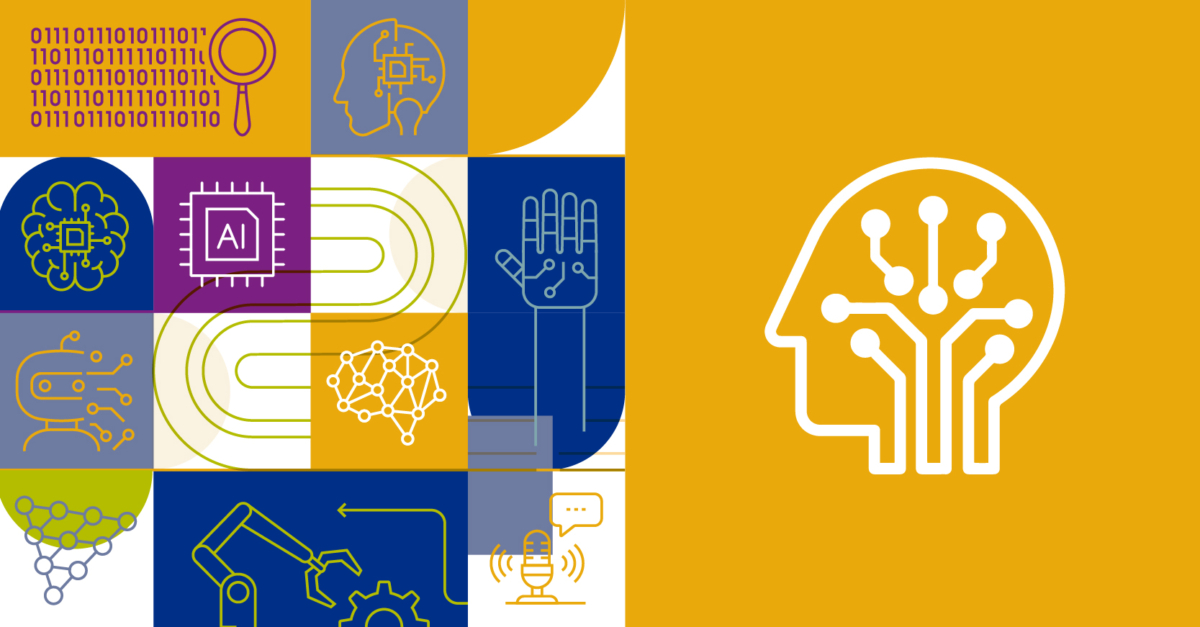Higher education finds itself at a critical juncture in the advancement of AI technology. As universities and institutions continue to integrate AI into their processes, ethical questions arise. It’s no longer solely about hiring skilled developers or acquiring cutting-edge tools; the focus shifts toward the responsible and ethical use of AI. But what does responsible AI entail? And how can educators and university decision makers prioritize ethical practices while managing their day-to-day responsibilities?
What is the Core Principle of Responsible AI?
The rapid progression of machine learning, a type of artificial intelligence that enables computers to learn and improve from experience without being programmed, can make it challenging to keep pace with the creation of ethical guidelines. Nevertheless, within this dynamic landscape, a fundamental principle emerges to guide decision makers in navigating how to use AI in higher education: Always follow your institution’s mission. Colleges and universities have a core purpose—to prepare their students for careers, teach critical thinking, and address societal concerns through research and education. By aligning AI initiatives with an institution’s mission and established values, decision makers can ensure ethical and purpose-driven integration of technology into educational practices and operations.
For instance, if your institution prioritizes cultivating original thought leadership as a core value, leveraging AI tools to detect instances of plagiarism and intellectual dishonesty would be essential. Similarly, if your institution aims to develop leaders with diverse, global perspectives, utilizing AI to facilitate holistic admissions processes can help in admitting qualified students from underrepresented populations.
3 Strategies for Practicing Ethical AI Development
Starting with your institution’s mission and values provides an ethical foundation to guide decisions regarding AI initiatives. What other strategies can be used to build sustainable, ethical, and responsible AI processes in your institution?
1. Be transparent, even about what you don’t know.
Not everything about our current world is clear right now. We instill in students the importance of information literacy and critical thinking to empower them to evaluate sources effectively, enabling informed decision making. As such, we encourage them to question uncertainties and ethical ambiguities. Understanding the essence of responsible technology use requires ongoing exploration and time. That’s why transparency becomes so crucial to discerning ethical applications of AI in education.
Transparency might just mean sharing the steps behind your decisions. By providing students and other stakeholders with insight into your internal decision-making process and how AI is being used, you foster trust and confidence in your intentions. Amid the mystique surrounding AI and machine learning platforms, transparency offers comfort and reassurance, dispelling myths and uncertainties.
2. Put fairness first.
Ethical considerations serve as crucial compass points in discerning right from wrong, particularly in the application of AI. Responsible AI in higher education extends beyond this binary distinction, focusing on ensuring fairness in interpreting student data and making decisions based on machine-generated insights.
Prioritizing fairness is critical for institutions to navigate the challenges posed by AI effectively. Machine learning, driven by extensive data and occasionally drawn from imperfect sources, can inadvertently perpetuate biases, resulting in favoritism toward specific demographics. Universities can address these biases and advance equity and fairness in the enrollment process by leveraging AI tools to:
- Broaden admissions.
- Scrutinize demographic data from prospective students.
- Foster more holistic and personalized enrollment procedures.
3. Empower one, empower all.
Institutions must prioritize staff involvement and training to fully harness AI’s potential. Given AI’s complexity, it requires skilled and specialized professionals to navigate its powerful tools and platforms effectively. Universities face the strategic imperative of upskilling their staff to leverage AI efficiently. For instance, consider the case of customer relationship management (CRM) systems. While automating communication tasks is a potent capability, its full potential remains untapped unless employees grasp and take ownership of the software themselves.
As Nancy Zimpher from the National Association of Higher Education Systems aptly notes, “AI won’t take your job, but those who can utilize it effectively will.” The cultivation of ethical AI development hinges on fostering respect, understanding, and ownership of new technologies across departments.
As we continue to learn the most effective ways to use AI in higher education—to facilitate student success, to increase enrollment, and to streamline operations—it is essential that we align our efforts with our institutional mission. How can we leverage AI’s capabilities to ensure fairness in decision making? How can we harness the power of machine learning to achieve institutional goals? The key to success is not only to focus on specific objectives, but to uphold the principles of equity, transparency, and, most importantly, ethics in all that we do.
Download our “AI in Action Playbook” to learn more.
